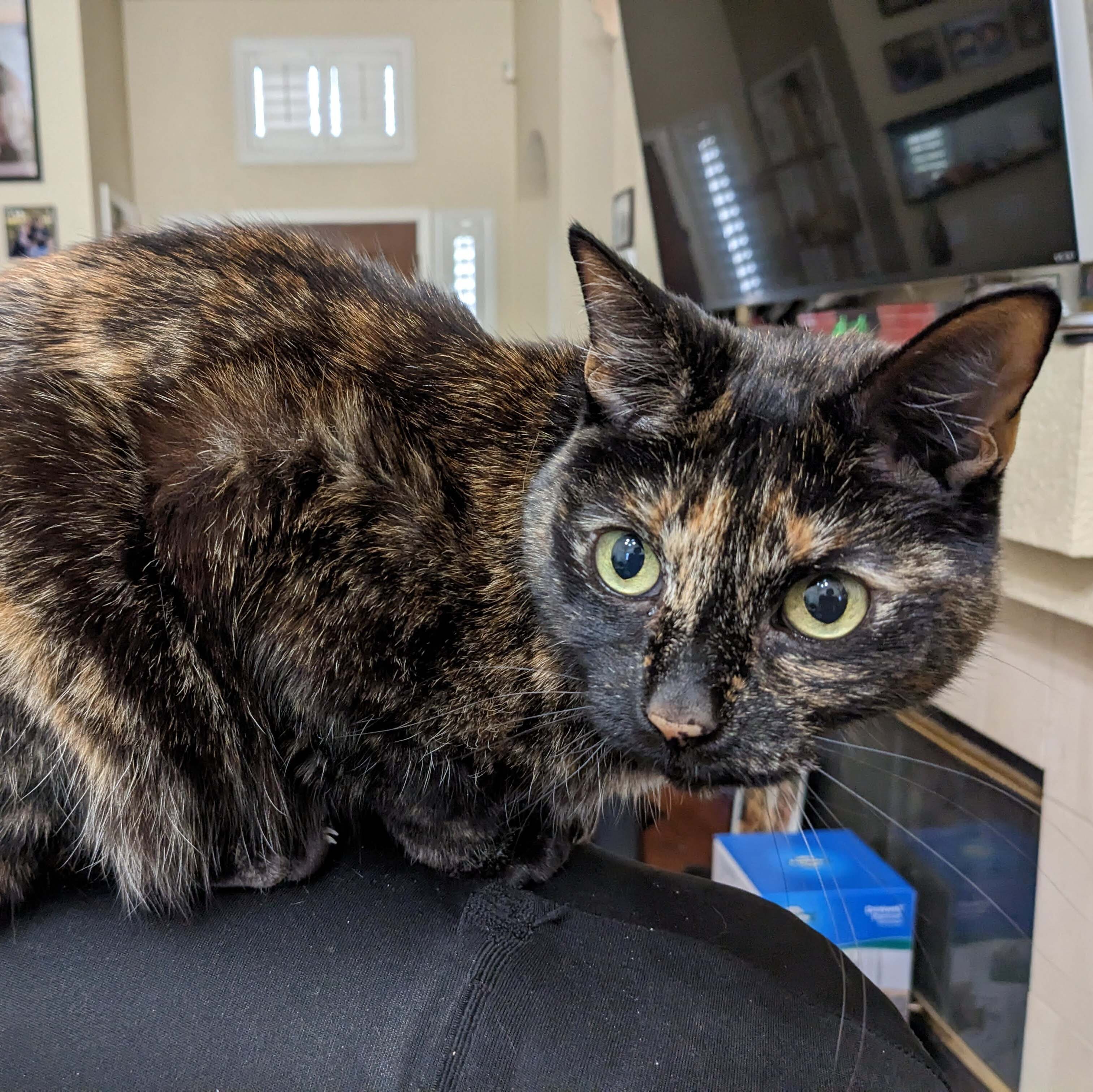Say you have a script or something that gets run in cron/task scheduler and it needs a password… say to ssh to a raspberry pi elsewhere in your house.
How do you save that password in a way that automation can access it?
Some ideas:
- Plaintext file. Not a fan because its sitting unencrypted on the box somewhere.
- Environment variable. Not a fan because its still unencrypted somewhere to someone on the box (albeit likely the same user or an admin).
- A secrets manager. If I use something locally like hashicorp vault or infisical, I can get to a point where a cli/api call gets the password. Though in this case I still need a vault password/secret to get my password. So I fall back to needing one of the above to get this to work.
If the secrets manager is easily available, the secret to get into the secrets manager is available as well leading to a feeling of security by obscurity.
If someone breaks into my system via SSH/etc. then they can get the passwords either way.
… How do people normally do this? I’m not sure I actually get anything out of a secrets manager if its local and I have the disk itself encrypted before login.
What actually makes sense at a personal/home scale?
(Edit: I know using SSH key probably is better for getting to the raspberry pi, but still the question is the same idea).


Yeah, I haven’t gotten past using plaintext secrets in separate files (eg. using Home Assistant’s secrets files). I do the same for any Python scripts that need secrets too, like Slack auth tokens and stuff.
I haven’t really gotten around to looking into secrets management in my homelab, and I know I really should. As much as I have a lot of faith in my Nginx and Authelia config, it only takes one hole for someone to get in and get to those secrets files, especially if that hole is a security flaw in something like Home Assistant - one of the very few services I can access publicly, without using my Wireguard VPN.